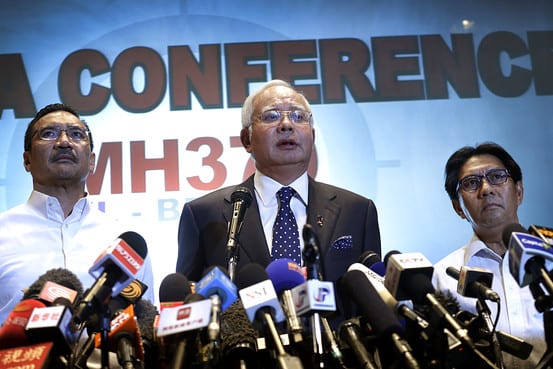Malaysian Flight 370: A Case Study in How NOT to conduct Public Diplomacy
Malaysian Flight 370—specifically how the Malaysian government has handled the crisis to date—shows the negative side of public diplomacy, and reminds us why crisis communications matters. From the moment the airplane disappeared from radar in the early morning hours of March 8, , the government in Kuala Lumpur faced a…


